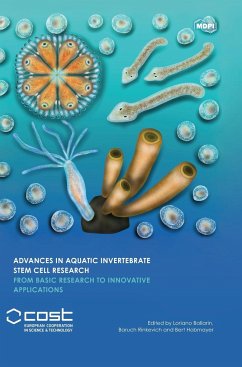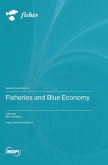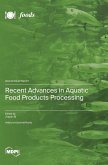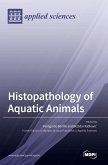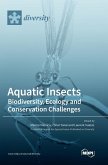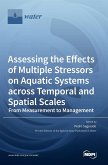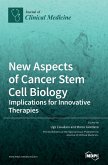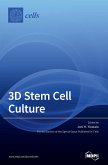Aquatic invertebrates represent the largest biodiversity and the widest phylogenetic radiation on Earth, with more than 2 million known species. Up until a few years ago, their use as model organisms in biological research was limited by the paucity of omics data. Recently, the situation has rapidly changed and is still changing. Today, the genomes and various transcriptomes of many aquatic invertebrate species, as well as many recombinant proteins of invertebrate origin, are available. New technologies have revolutionized the available toolbox of research methodologies. This explains the rising interest of researchers in the use of aquatic invertebrates as reliable model organisms. In contrast to the prevalence of diverse oligopotent and unipotent stem cells in vertebrates, aquatic invertebrates (especially non-ecdysozoan invertebrates) exhibit multiple adult cell types with stem cell attributes characterized by multipotency and pluripotency; furthermore, these give rise to cell lineages characteristic of more than a single germ layer, sometimes with somatic and germ line potentials. In addition, unlike vertebrates, aquatic invertebrate adult stem cells are disseminated and widespread inside the animal body, are not associated with a regulatory microenvironment (niche) and do participate in aging and regeneration phenomena. These properties can help us to better understand the processes and phenomena in mammalian stem cell biology, such as natural chimerism and cancer, aging and senescence, immunity and autoimmune responses, which are all difficult to explain or understand in the human context. The COST Action 16203 MARISTEM "Stem cells of marine/aquatic invertebrates: from basic research to innovative applications" started in 2017 with the aim to foster the knowledge of the biology of aquatic invertebrates stem cells and strengthen the European community of researchers on aquatic invertebrate stem cells in order to build innovative ideas relevant to various biomedical disciplines. This book represents one of the deliverables of the Action and collects part of the materials produced during the past 3 years within the network as a tool to disseminate and render available what has been achieved up to now. We hope that this book will be useful to scientists interested in stem cells of non-model organisms, with particular reference to aquatic invertebrates.
Hinweis: Dieser Artikel kann nur an eine deutsche Lieferadresse ausgeliefert werden.
Hinweis: Dieser Artikel kann nur an eine deutsche Lieferadresse ausgeliefert werden.

